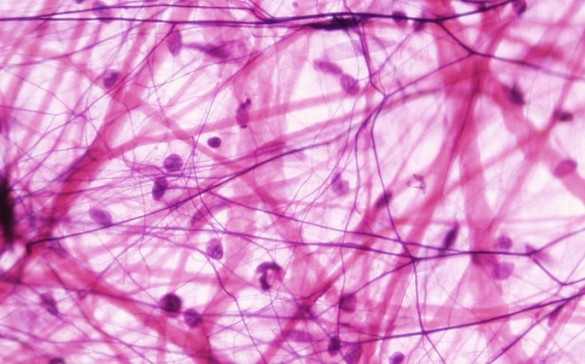by Sanjay Mishra
Basement membrane (BM) is an evolutionarily ancient sheet-like scaffold that wraps around most animal tissues. BM protects and provides mechanical stiffness to tissues and regulates development, function, and repair. But how it is repaired after being damaged is poorly understood.
Now in a study published in the journal Matrix Biology, Andrea Page-McCaw, PhD, and colleagues have shown that in the fruit fly, a wound in the epidermal BM heals within 24 hours but leaves a scar.
By using fluorescently-tagged proteins, the scientists showed that during wound repair the four main constituents of BM are sourced from distant tissues and not from neighboring cells. Laminin, collagen IV and perlecan proteins originate from adipose or fat tissues, while the nidogen protein originates from muscles.
They also identified that there was a hierarchy of protein assembly during repair. While nidogen required the presence of laminin and perlecan required the presence of collagen IV, neither laminin nor collagen IV required the presence of other components.
This research was supported in part by National Institutes of Health grants GM073883 and AR072510.















